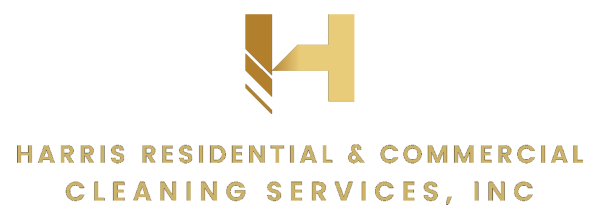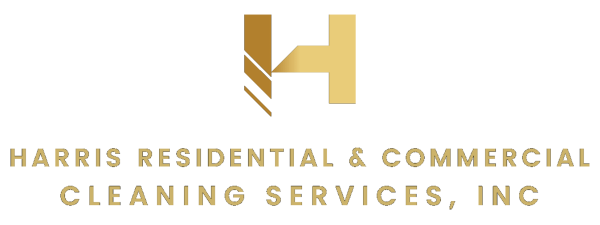
In the intricate machinery of government operations, cleanliness might not immediately spring to mind as a pivotal cog. Yet, efficient government cleaning is paramount behind the scenes of bureaucratic corridors and administrative offices. It’s the silent force ensuring the smooth functioning of public spaces, preserving hygiene standards, and enhancing overall well-being within governmental premises.
This exploration delves into the often-overlooked realm of government cleaning, uncovering the covert strategies and meticulous methodologies that keep these spaces pristine. From meticulous scheduling to advanced cleaning technologies, we unveil the secrets that enable government facilities to maintain impeccable standards of cleanliness while navigating the unique challenges posed by their multifaceted environments. Join us as we unveil the covert tactics and the subtle artistry behind efficient government cleaning practices.
Strategic Scheduling: The Backbone of Efficiency
Strategic scheduling emerges as the linchpin of operational efficiency in the labyrinth of government facilities. Balancing the diverse needs of multiple departments while ensuring uninterrupted service delivery demands meticulous planning and foresight.
Every minute detail is orchestrated to optimize productivity, from allocating cleaning resources based on traffic patterns to synchronizing tasks with peak and off-peak periods. Strategic scheduling streamlines workflows and minimizes disruptions, allowing government agencies to maintain impeccable cleanliness without impeding essential operations.
It’s the silent conductor orchestrating the harmonious rhythm of cleaning activities, ensuring that every corner of government premises receives the attention it deserves without compromising efficiency or efficacy.
Advanced Technologies: Innovations Transforming Cleaning Practices
Advanced cleaning technologies are revolutionizing our approach to cleanliness, offering innovative solutions that enhance efficiency and hygiene standards across various sectors.
- Robotic Cleaners: Autonomous machines equipped with sensors and AI technology precisely navigate spaces, efficiently eliminating dirt and germs.
- UV-C Disinfection Systems: These systems utilize ultraviolet light to provide thorough, chemical-free disinfection, targeting bacteria and viruses on surfaces.
- IoT-enabled Sensors: Real-time monitoring of cleaning activities and space utilization allows for data-driven decision-making and optimization of resources.
- Green Cleaning Solutions: Eco-friendly products and techniques minimize environmental impact while promoting health and well-being for occupants.
- AI-Powered Maintenance: Predictive analytics and machine learning algorithms identify maintenance needs proactively, reducing downtime and optimizing cleaning schedules.
As cleaning practices evolve, embracing these advanced technologies is critical to achieving unparalleled cleanliness and sustainability. Let’s embrace innovation and pave the way for a safer future.
Regulatory Compliance: Navigating Government Standards
Within the complex government cleaning tapestry, regulatory compliance is a guiding beacon, ensuring adherence to stringent standards and protocols. From OSHA regulations dictating workplace safety to EPA guidelines governing chemical usage and waste disposal, navigating the intricate web of compliance is paramount.
Government cleaning operations must align with a myriad of federal, state, and local regulations, often tailored to specific sectors or industries. This necessitates ongoing education and training to stay abreast of evolving mandates and ensure full adherence.
By prioritizing regulatory compliance, government agencies uphold their commitment to public health and safety and mitigate legal risks and liabilities, fostering trust and accountability within their communities.
Team Training and Skill Development: Elevating the Cleaning Crew
Behind every impeccably maintained government facility lies a dedicated team of cleaning professionals whose expertise and proficiency deliver superior results. Investing in comprehensive training and skill development programs is essential to equipping these frontline workers with the knowledge and tools needed to excel in their roles.
From mastering the latest cleaning techniques to honing communication and problem-solving skills, ongoing training cultivates a culture of excellence and continuous improvement.
By nurturing talent and fostering a supportive work environment, government agencies boost employee morale and retention and enhance the quality and consistency of cleaning services, ultimately enriching the overall experience for staff and visitors alike.
Sustainable Practices: Environmental Responsibility in Government Cleaning
In government cleaning, sustainability emerges as a guiding principle, reflecting a commitment to environmental responsibility. By prioritizing sustainable practices, government agencies reduce their carbon footprint and promote indoor air quality and occupant health.
- Eco-friendly cleaning products: Opt for biodegradable and non-toxic cleaning solutions to minimize environmental impact.
- Energy-efficient equipment: Utilize energy-efficient cleaning equipment to reduce energy consumption and lower greenhouse gas emissions.
- Water conservation measures: Implement water-saving techniques such as low-flow faucets and efficient cleaning processes to conserve water resources.
- Waste reduction strategies: Embrace waste reduction practices such as recycling and composting to minimize landfill waste and promote circularity.
- Green certification programs: Seek certifications like LEED (Leadership in Energy and Environmental Design) to validate and showcase commitment to sustainability in government cleaning practices.
By embracing sustainable practices in government cleaning, agencies can lead by example, demonstrating their dedication to environmental stewardship while creating healthier and more resilient communities for generations to come.
Crisis Management: Preparedness for Unexpected Challenges
In the dynamic landscape of government operations, unforeseen crises and emergencies can arise at any moment, posing significant challenges to cleaning protocols and procedures. Effective crisis management requires meticulous planning, coordination, and agility, whether confronting natural disasters, disease outbreaks, or security threats.
From establishing clear communication channels to stockpiling essential supplies and implementing robust contingency plans, government agencies must be prepared to swiftly adapt and respond to evolving circumstances. By prioritizing proactive measures and fostering a culture of resilience, they can minimize disruptions and ensure the continuity of essential cleaning services, safeguarding the well-being of personnel and the public alike.
The intricate realm of government cleaning unveils a tapestry of strategies and practices aimed at maintaining not just cleanliness, but efficiency, compliance, and sustainability. From strategic scheduling to harnessing advanced technologies, navigating regulatory landscapes, empowering cleaning crews through training, and embracing sustainability initiatives, government agencies are at the forefront of innovation and responsibility.
Yet, amidst the challenges, crisis management stands as a testament to preparedness and adaptability, ensuring uninterrupted service delivery even in the face of unexpected adversities. As we reflect on these insights, we invite you to join us in prioritizing cleanliness and excellence.
For professional cleaning services in Topsail, Surf City, Richlands, and Jacksonville areas, contact our bonded and insured cleaning business with over 20 years of experience at 910-333-3231. Let’s journey towards a cleaner, safer, and more sustainable future together.

